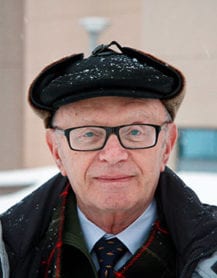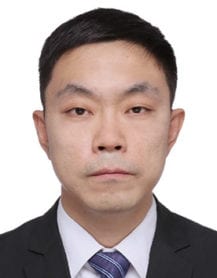Computational Imaging with Optical Coding
Abstract : In modern optics, a variety of diffractive elements (DOEs) and coded apertures are used to modulate and code the amplitude, spectral, and phase information of light prior to acquiring focal plane array intensity measurements. Computational imaging exploits the underlying physical phenomena transforming the phase and/or amplitude of light as it propagates from the source, through the object, or scene of interest, onto the detector, which typically measures intensity only. Material and 3D characterization of objects can thus be computationally reconstructed using the spectral and phase characteristics of the reconstructed fields. Applications of coded optical sensing abound in microscopy, spectral imaging, tomography, and holography.
DOEs are implemented as specially designed transmissive 2D or multilayer 3D phase masks, which allows their use instead of conventional refractive lenses and pave the way to modern lensless imaging devices with which are flat, compact, and inexpensive in fabrication. Coded aperture modulation can be attained by a number of optical elements including spatial light modulators (SLM), binary and spectral coded apertures printed either lithographically, or by patterned thin films.
Computational imaging with optical coding bridges optics and computational imaging for end-to-end design and optimization of imaging systems. It encompasses hardware for enhanced sensing as well as software aimed to improve depth of field, resolution in space and spectra, and to unravel the multi dimensional information of light fields.
Topics of interest include, but are not limited to:
- Optimization of DOEs and coded apertures.
- Holographic and tomographic imaging with coded measurements.
- Off-axis interferometric methods;
- Phase retrieval.
- Lensless and hybrid (lens&DOE) imaging.
Multidimensional and spectral imaging.
Organizers

Dr. Vladimir Katkovnik
Tampere University Tampere
Finland.

Dr. Xu Ma
Beijing Institute of Technology
Beijing, China

Dr. Gonzalo R. Arce
University of Delaware

